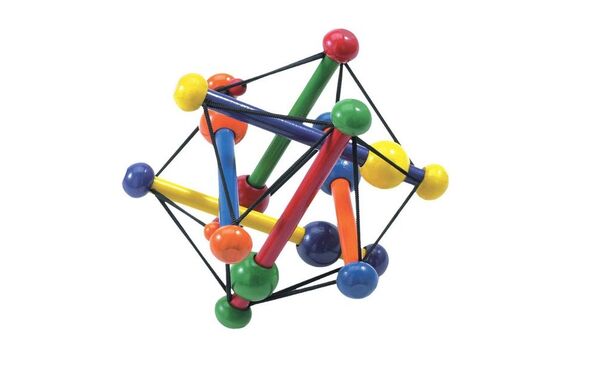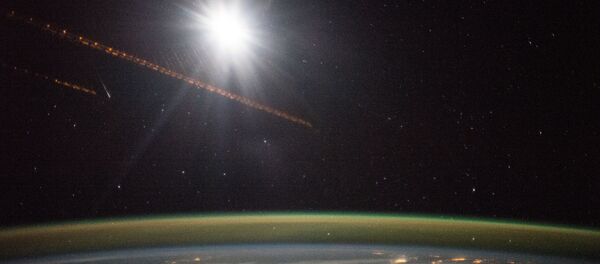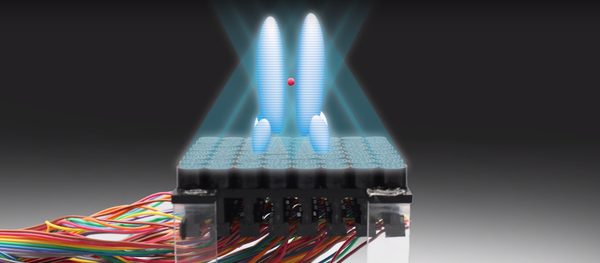The creation, designed by engineers from NASA’s Innovative Advanced Concepts Program, resembles a baby toy made of wire and rods that is indestructible, and as such scientists believe it can handle strong impacts like those caused by landing on a planet’s surface. The idea came to NASA’s developers when they first saw the toy falling — it was absorbing impact of landing on the ground surprisingly well — and they decided that this physical principle, known as tensegrity, is perfect for space robotics.

The term tensegrity was initially invented by American architect Buckminster Fuller, who described it as the principle of “structural-relationship” in which the “shape [of structure] is guaranteed by the finitely closed, comprehensively continuous, tensional behaviors of the system and not by the discontinuous and exclusively local compressional member behaviors.” One common example of tensegrity structure in nature, according to Smithstonian.com, is a spider web, which is incredibly strong and yet remains flexible.
“You can throw it on the ground really hard and you’re not going to break it,” Vytas SunSpiral, one of the Super Ball’s constructors, explained at a symposium earlier this year, referring to the children’s toy. “We’re like, ‘Hey, that’s a landing robot!’”
As a result, the Super Ball bot, designed on the tensegrity principle, can switch from rigid structure to a fluid one and squeeze into tight places. That means it can be easily manipulated in landscapes full of various obstacles. It is also lightweight, unlike many other space-exploring machines.
“We’ve broken all the rules of traditional robotics designs,” SunSpiral concluded.
Super Ball is also relatively cheap to produce, according to NASA’s presentation video. The agency hopes to deploy the bots in groups to explore Saturn’s moon Titan.



